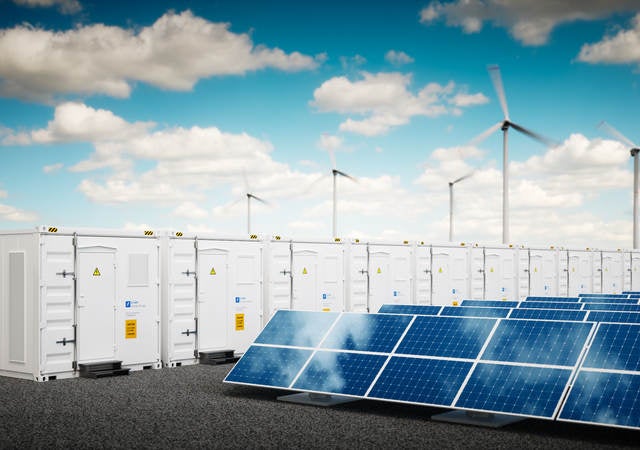November 18, 2021
Question
The International Residential Code (IRC) and NFPA 855, Standard for the Installation of Stationary Energy Storage Systems, both have criteria for lithium-ion battery energy storage systems (ESSs) intended for use in residential applications. How can I verify that an ESS is certified for residential use? Which ESSs are certified for use inside the habitable space of a dwelling unit?
Answer
The installation codes and standards cited require a residential ESS to be certified to UL 9540, the Standard for Energy Storage Systems and Equipment, and may also specify a maximum stored energy limitation of 20 kWh per ESS unit. The current edition of UL 9540 limits the maximum energy capacity of an individual electrochemical ESS for residential use to 20 kWh (72 MJ). Currently, there is no requirement in UL 9540 for these units to be marked “Residential Use,” but such a marking has been proposed for UL 9540 for the next edition. However, current UL Marks may or may not include reference to residential use. Marks may or may not include reference to residential use.
UL 9540 also requires an electrochemical ESS intended for use in the living or habitable space of a residential dwelling unit to meet the cell level performance test requirements in UL 9540A, which basically means the battery cells cannot be forced into thermal runaway or produce flammable gases. Any ESS complying with these requirements may include the marking "Suitable for Use in Residential Dwelling Units Where Permitted." However, to date, there are no lithium ion based ESS units that we have tested and found to comply with UL 9540A’s stringent cell level performance requirements. Also, due to potential confusion between other certified residential use ESSs, the marking “Residential Use” has been proposed for inclusion in UL 9540 when an electrochemical ESS complies with the unit level residential large-scale fire test performance criteria in UL 9540A. This marking will distinguish these residential systems from the rare situation in which an ESS meets the cell level criteria of UL 9540A and can be marked as being suitable for use in residential dwellings.
An additional revision to UL 9540 has been proposed that will require installation instructions for indoor residential electrochemical ESSs to indicate that the units are only intended to be installed in specific locations. Permitted locations would include attached or detached garages, detached sheds, enclosed utility closets, basements, storage or utility spaces within dwelling units. Prohibited locations for an ESS would include habitable spaces and livings spaces in dwelling units, except when large-scale testing demonstrates that the cells that make up the ESS did not go into thermal runaway or vent flammable gas during the cell level test. For this rare exception, an ESS that meets the cell level criteria of UL 9540A (no thermal runaway or flammable gas) can be considered to not present an additional fire hazard from the batteries as there is no added flammability hazards from the cells.
There has also been a proposal for UL 9540 that the instructions for residential ESSs indicate that they be installed only in enclosed utility closets, basements, storage or utility spaces with walls and ceilings finished with gypsum wallboard or be of noncombustible construction. If the walls and ceilings are unfinished, wood-framed construction, they must be covered with no less than 5/8-inch Type X gypsum wallboard.
Note:
The International Residential Code (IRC) defines “habitable space” as a space in a building for living, sleeping, eating or cooking. This includes rooms or spaces people utilize for their residences, such as bedrooms, kitchens, dining rooms, living rooms and recreational rooms. Bathrooms, toilet rooms, closets, halls, storage or utility spaces (such as basements, attics and garages) and similar areas are not considered habitable spaces.
Get connected with our sales team
Thanks for your interest in our products and services. Let's collect some information so we can connect you with the right person.




